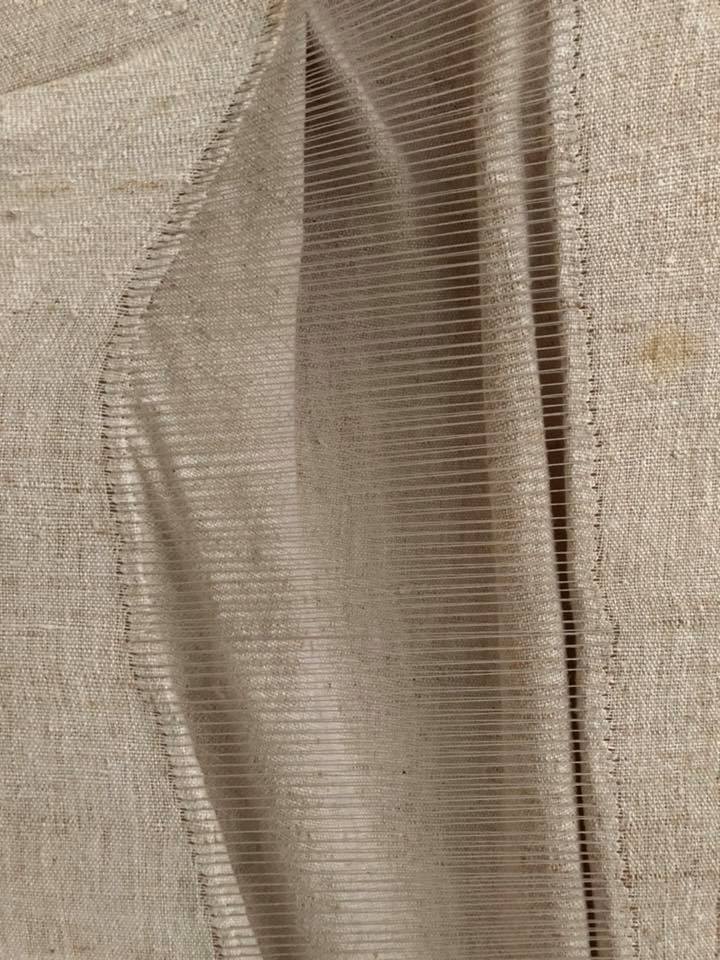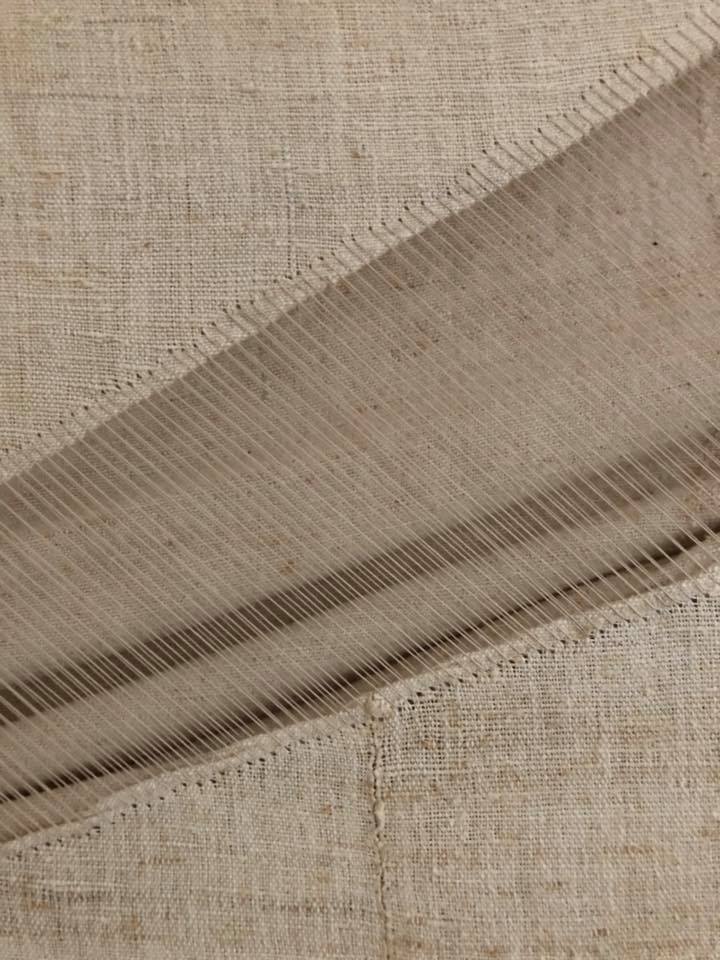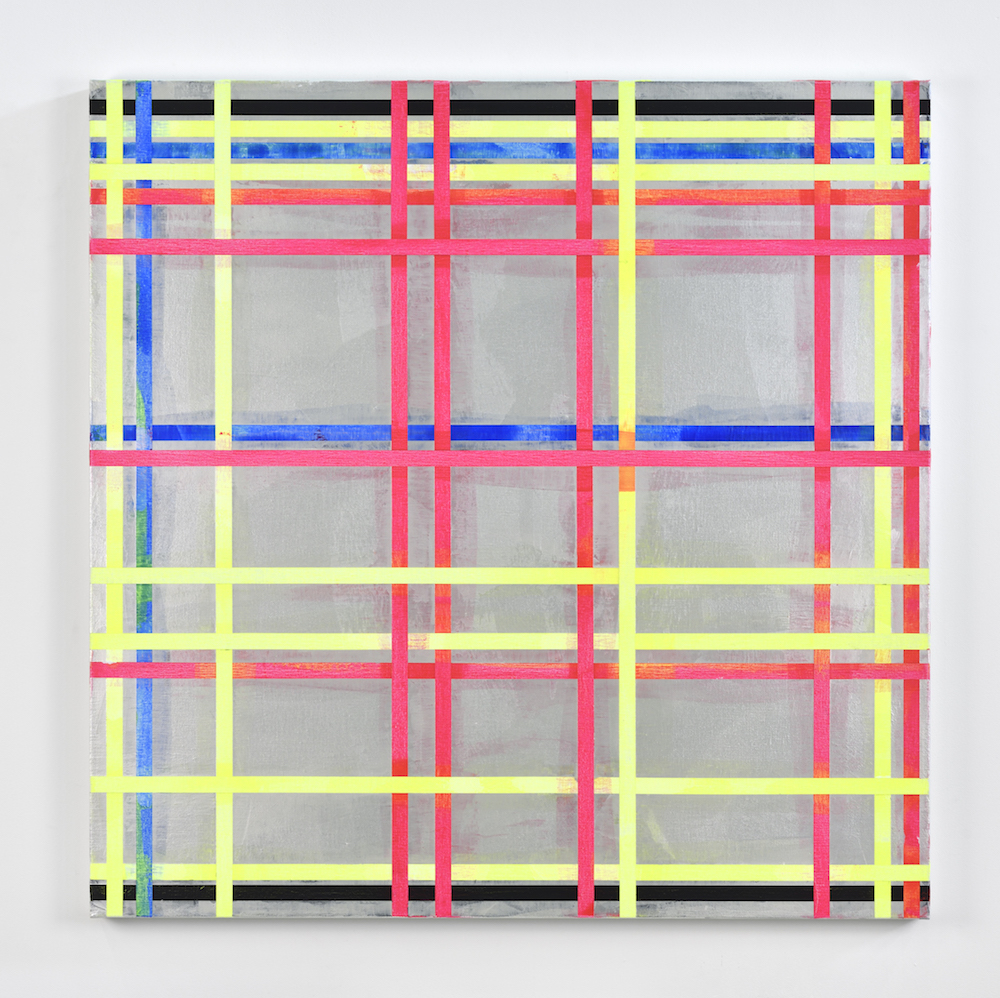
Courtesy the artist and Galerie Chantal Crousel, Paris. Photo: Florian Kleinefenn
As global gatherings for art go, it has been a busy year: from the Venice Biennale, Documenta and Munster Skulptur Projekte to the annual finale of Art Basel Miami Beach, marking the end of this 2017’s international programming earlier this month. Back in Paris, however, there are a number of newly opened gallery shows still worth venturing out for.

Courtesy Salle Principale, Paris © droits réservés 2017
Matthieu Saladin at Salle Principale
Should you visit the atypical gallery space of Salle Principale between the hours of 5.47pm and 7.47pm on a Wednesday afternoon, you will invariably be met with the piercing cries of intermittent blood-curdling screams emanating from the image-less video Une Histoire Culturelle et politique du cri (1947 – 1957).The piece—which comes to silence all the other works in the exhibition during its running time, including a three-part audio installation, Calais—is the result of a laborious and highly political period of research, congregating the screams of women from 300 Hollywood films of the McCarthy era. The penetrating soundscape is chilling, an eerie allusion to the State of Emergency in France that saw the state of exception become a quasi-state of permanence in recent years. Lecturer in Sound Art at Université Paris 8, Saladin’s exhibition will be punctuated by concerts and performances (20 January, 3pm and 18 February, 3pm).
Until 18 February
- Sidival Fila, detail, Eolica 2, 2011, Courtesy Galerie Poggi, Paris
Sidival Fila at Galerie Jerôme Poggi
Sidival Fila, born in Brazil, is the head of the Franciscan convent of Saint Bonaventure in Rome. It is a fact which is not just anecdotal trivia, but one which seemingly seeps into his practice, itself appearing a visual manifestation of a meditative process. Each work on display at Galerie Jerôme Poggi features swathes of slashed or folded fabric—sheets, liturgical dress and other cloths that he collects in his studio—painstakingly sewn back together, the visible threads attesting to the work of repair and re-bonding that has taken place. Evocative of the tableaux of Arte Povera, there is an engaging physicality to his work; you want to run your fingers over the scars formed on the fabric where clefts of thread disrupt the otherwise agonisingly uniform lines of needlework. There is also a large-scale piece installed at the nearby Église Saint Eustache which is well worth the detour.
Until 13 January
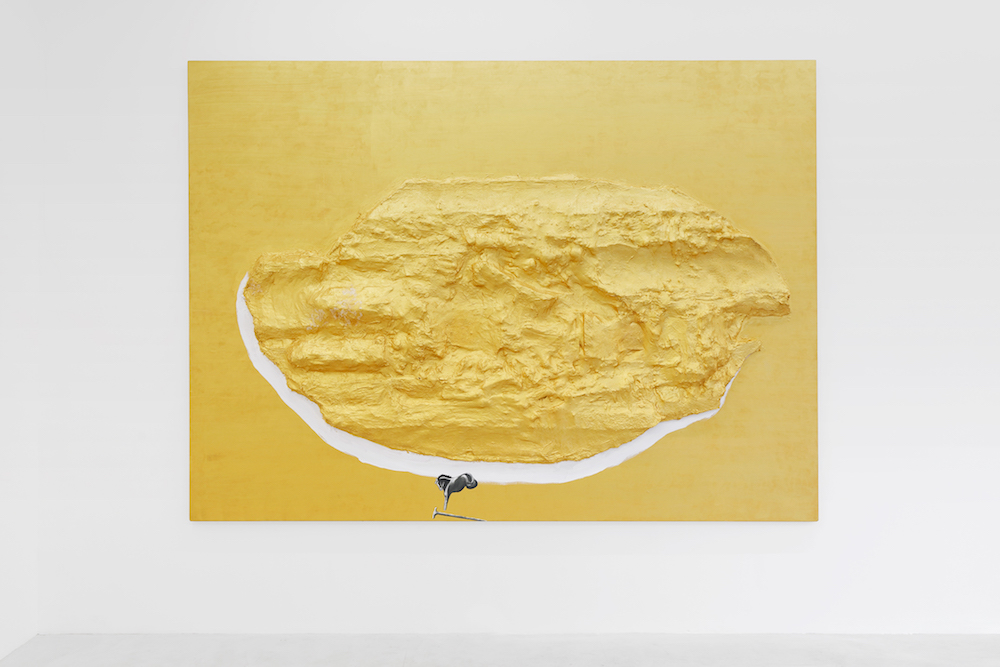
Enzo Cucchi at Balice Hertling (Saint Martin)
Cucchi has returned to France for his first solo show since the ‘80s, when he exhibited at the Centre Pompidou in 1986, just a matter of metres from Balice Hertling’s newly-opened second Paris space on rue Saint Martin. This new body of work, created over the last three years, remains resolutely within the language of the Italian Transavantgarde of which he is one of the most emblematic figures. Small figurative oil paintings sit incongruously aside a large golden canvas in relief, with more simple charcoal drawings suspended, floating against the movement of visitors to the gallery.
Until 3 February
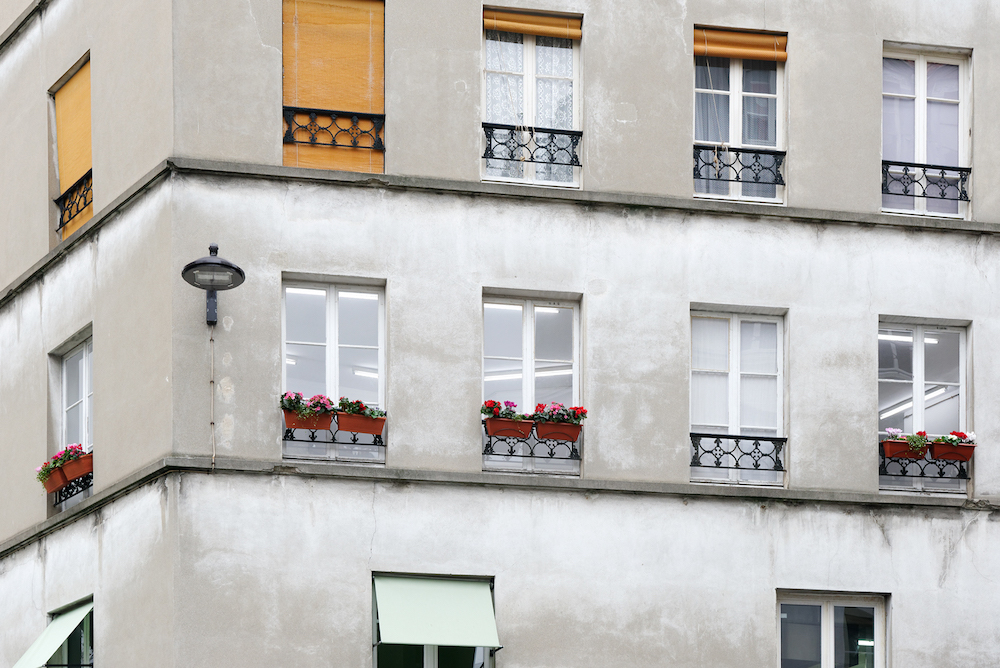
Courtesy the artist and Galerie Joseph Tang, Paris. Photo: Aurélien Mole
Pepo Salazar at Galerie Joseph Tang
A continuation of the gallery’s presentation at this year’s Paris Internationale fair, Pepo Salazar is currently holding his second solo exhibition at Joseph Tang in the Marais. The central piece, a freshly made bed adorned with garish Real Madrid bed sheets, is what the gallerist calls a Post-Duchampian ready-made; the act of purchasing, rather than finding, attributing to its ‘Post’erity. For anyone familiar with Salazar’s work (most memorable maybe is his 2015 presentation for Spain at the Venice Biennale: abundant with tanks of Wotsits and images of a skinhead Britney Spears), the lack of audio and video work will be notable. The prescient political commentary is nonetheless ever-present as a particularly politically turbulent year for Spain draws to a close.
Until 13 January
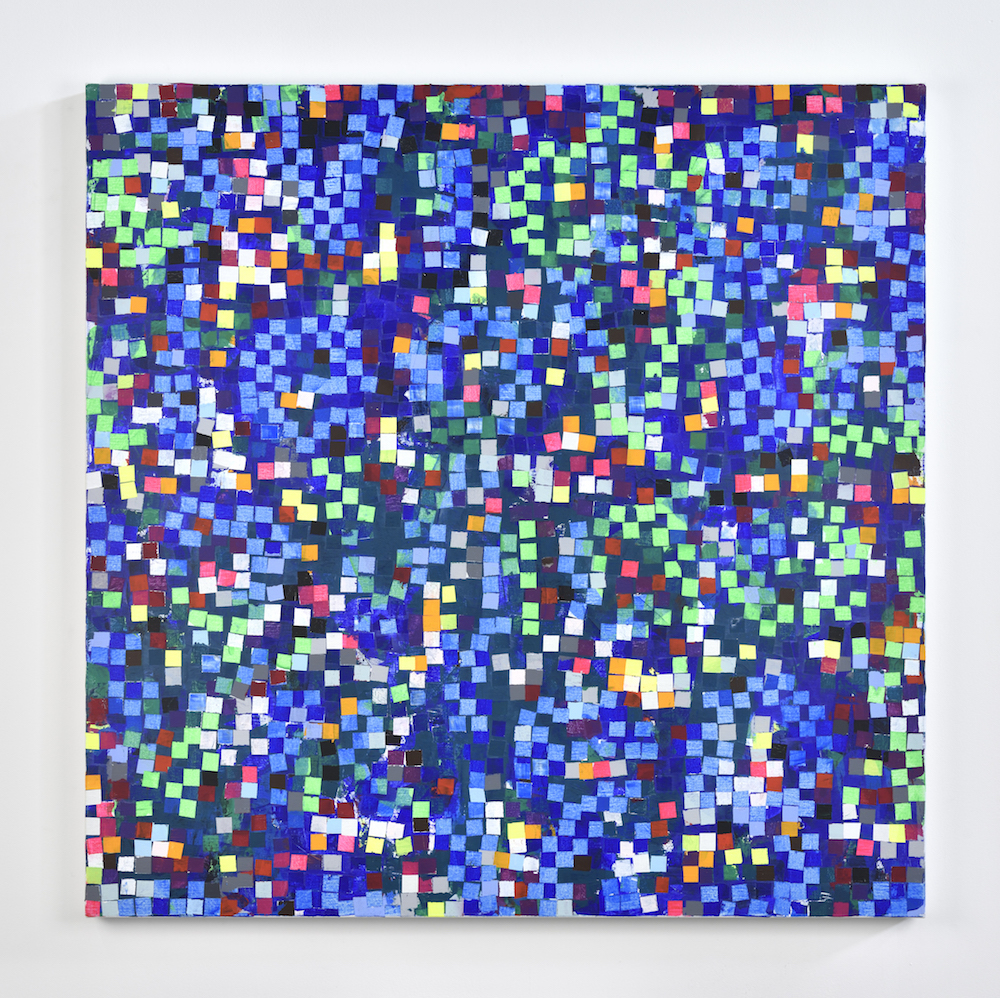
Courtesy the artist and Galerie Chantal Crousel, Paris. Photo: Florian Kleinefenn
Heimo Zobernig at Chantal Crousel
Sat somewhere between a reimagining of the 20th-century European avant-garde and an investigation into digital culture, Zobernig’s new exhibition at Chantal Crousel spans six years of the artist’s creation, with works displayed chronologically throughout the gallery: beginning with Klein-esque monochromes, passing via acid Mondrian grids, to a 2014 series of pixelated tableaux, a meditation on the TV sets of the 80s. Every piece on display is created to the same format, his most recent work evolving into more painterly gestures. Such gestures, combined with the chronological hanging creates an explicit narrative on the linear progression and evolution of Zobernig’s work since the beginning of the decade.
Until 20 January
